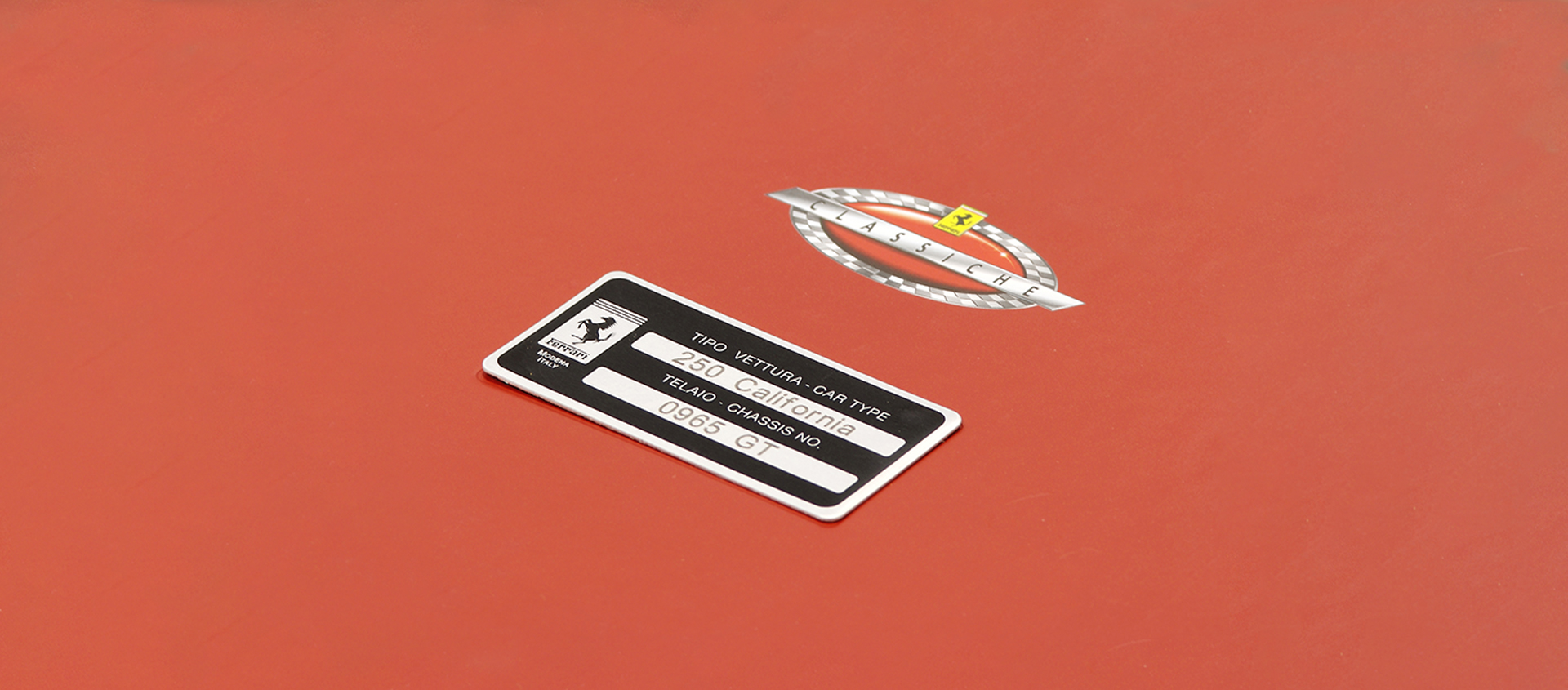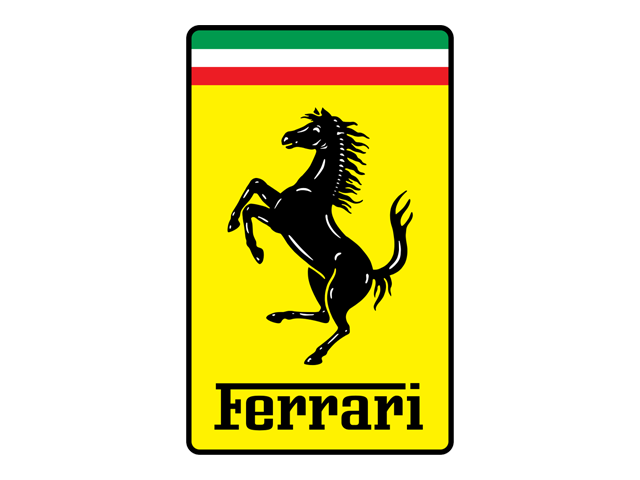Certification pays
31 July 2020 1 min read 4 images

On taking delivery of a new car, no one would ever dream of asking “but can we be sure that this is exactly how it was when it left the factory?” And yet, as every true enthusiast knows, this is one of the very first questions to ask when you are thinking of buying a classic car. Is that its original color? Is the engine the one that was originally installed? At the time it was built, was the upholstery available in that particular fabric?
Register to unlock this article
Signing up is free and gives you access to hundreds of articles and additional benefits. See what’s included in your free membership. See what's included in your free membership.
Already have an account? Log In
